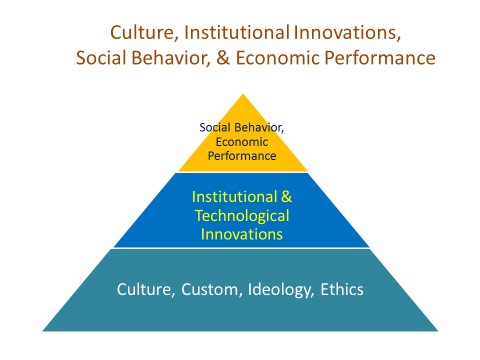

We look into the fundamental relations between China’s institutional innovations and economic development/growth and briefly prescribe the future direction of the Chinese economic policy. Nonetheless, we attempt to learn fundamental lessons for a sustainable and competitive future of the Korean economy.
Today China is all over the map. On Mar. 13, I opened the Wall Street Journal only to find three articles on China in a row on the front page. Today such a news pattern is a daily feature. For more than three decades, China has followed in similar economic growth footsteps of Korea in the 1970s through 1990s, even a double digit in annual growth led by government-initiated industrial restructuring and aggressive export business. China, due in part to the sheer size of population, became the world’s second largest economy in 2010, bypassing Japan which had retained the title for 40 years since 1970. China is expected to become the world’s largest economy in a decade or so, although its GDP per capita would still be far below those of advanced economies.
Now China makes large waves on the world economy. It retains almost a fourth of the world’s foreign reserves and is the largest automobile market. The currency steadily has gained its value and will be included in the SDR (Special Drawing Right) of IMF, joining the current four members: American dollar, the European Euro, British Pound, and Japanese Yen. Korea now less likely catches cold when America sneezes, but more likely shivers when China sneezes.
What made China enjoy such a long-sustained, spectacular economic growth in the last three decades, although its recent economic growth rates have slowed down? Take South and North Korea. Both Koreas have pride in a people, who are assumed to have the same levels of intrinsic intelligence, talents, and motivations. However, the economic development of the two Koreas is far apart from each other. Why? “Institutional innovation,” if you ask Douglas North, the 1993 Nobel Laureate in economics on his life-long research on institution, which is the ”rule of game” that shapes up human behaviors and determines economic performance. The examples include judicial system, legislative system, market structure/system, and governance; at their bottom are culture, ideology, custom, value system, and ethics.
The above-mentioned WSJ article attributed Apple’s technological innovations to social/institutional innovations: i.e., institutional innovations precede technological innovations. The same argument can be made about the spectacular growth of the Chinese economy in the last three decades. China’s social, institutional innovations began before the Chinese economy and technology took off for the spectacular economic growth..
We learn two main lessons from China’s experience: China opened its economy and society to the world and has participated in the global competition and allowed individual freedom to make a choice. The two reforms have been a critical part of “innovation infrastructure,” inducing the social behaviors of the Chinese people and the Chinese economic performance. The insular China subsequently opened its market to the world (e.g., international investment) and the 1978 reform is fittingly called ж”№йқ©й–Ӣж”ҫ (“Open Innovation”). The reform put forward entrepreneurial ownership, moving the profit/loss responsibility from a government enterprise system onto an individual farmer’s shoulders. Such reforms required and fostered free competition and a market-based, individual decision-making.
How should China carry on the momentum? With the initial institutional innovations and the 3-decade long economic performance under the belt, is it enough for China to coast along the current path? No, because China has grown mainly on the rear wheel of the society; it needs the front wheel or enablers. (See the third picture) The rear wheel of a bicycle pushes forward with its power and the front wheel points the direction.
Korea and China, successful fast-followers so far, need a front wheel that guides their course. Japan’s “lost decades” is a symptom of a weakness of the front wheel.
How can Postechians help Korea well equipped with a front wheel? We have our share: cultivate innovative attributes, such as entrepreneurship and leadership, beyond “intelligence”; learn multidisciplinary humanites and social sciences beyond natural sciences and engineering including interdisciplinary science and engineering; and enhance scientific and engineering research through human interface and collaboration. It sounds ironic but true that the front wheel has become more critical as technology advances leaps and bounds in this age of “Digital Revolution.”
м Җмһ‘к¶Ңмһҗ © нҸ¬н•ӯкіөлҢҖмӢ л¬ё л¬ҙлӢЁм „мһ¬ л°Ҹ мһ¬л°°нҸ¬ кёҲм§Җ


